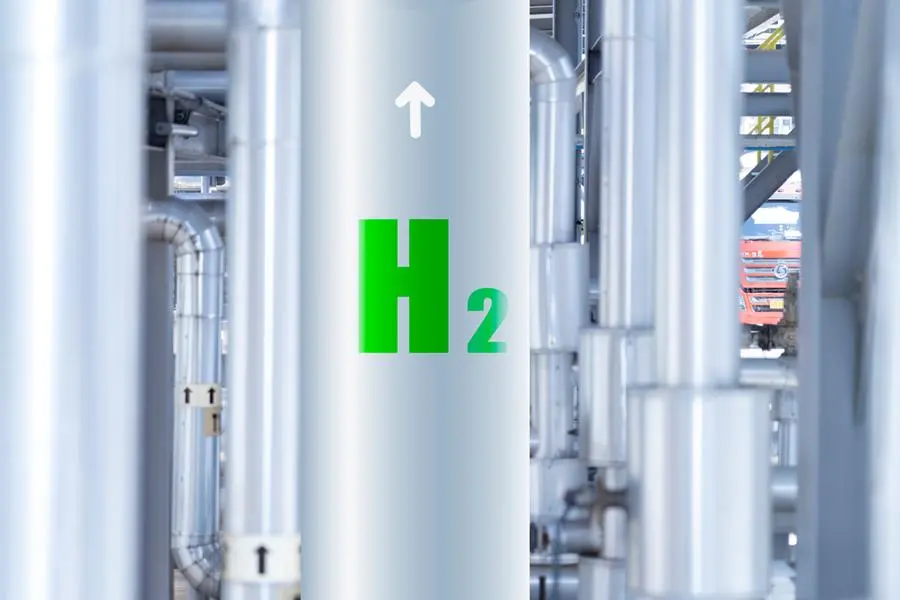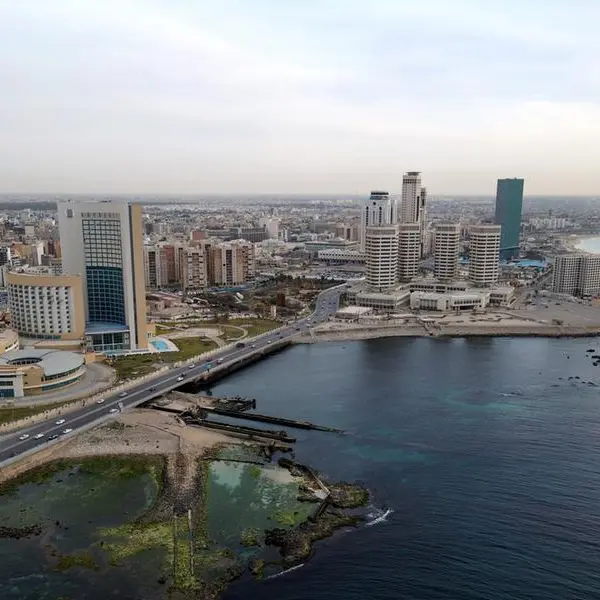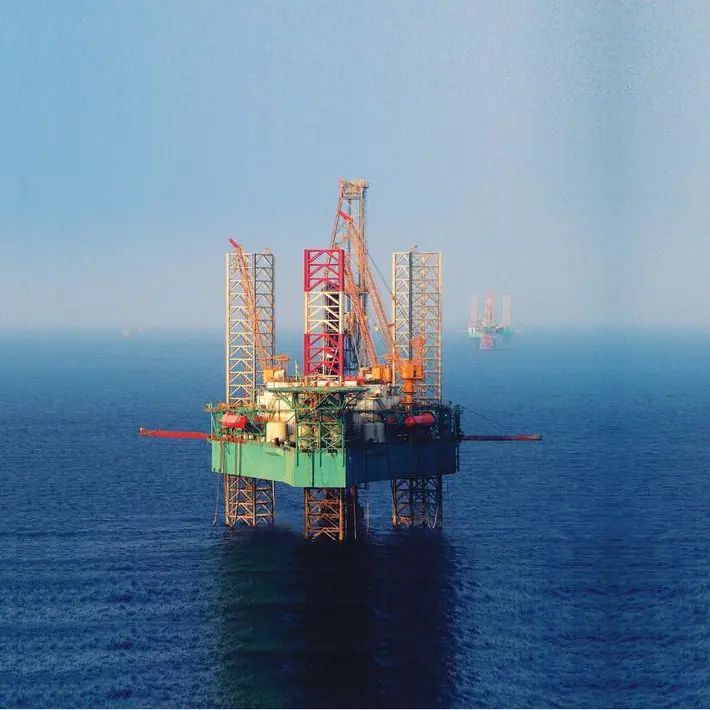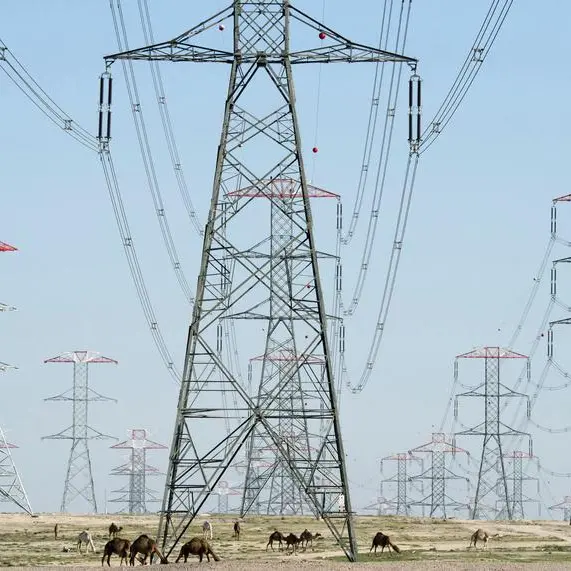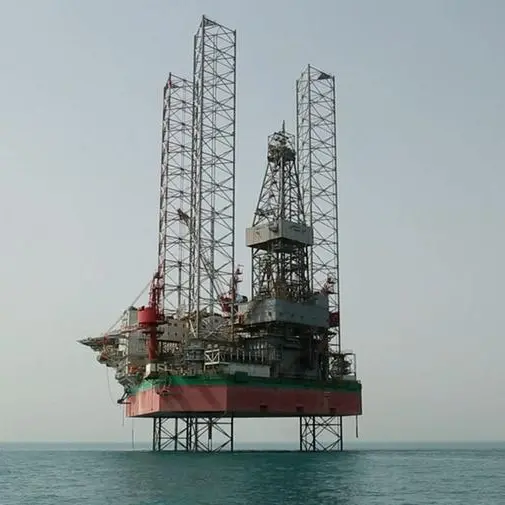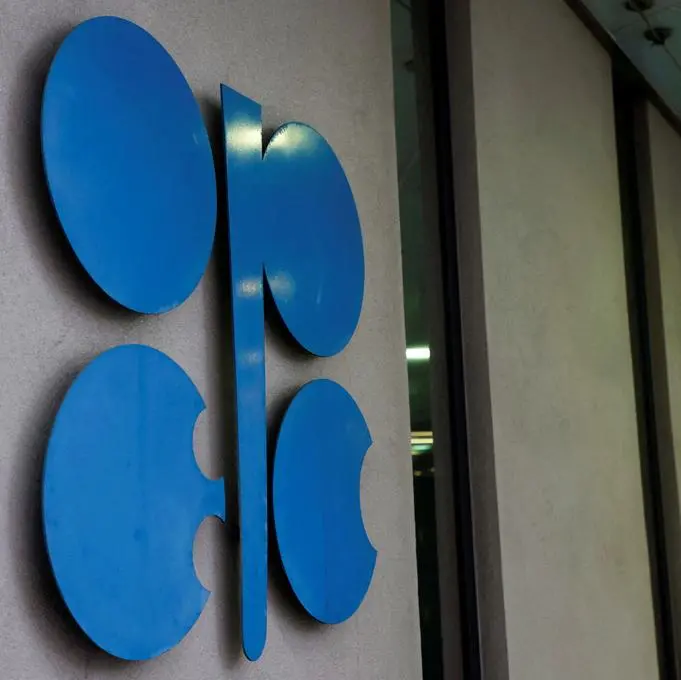PHOTO
Many Middle East nations want to become major manufacturers of green hydrogen, which could ultimately usurp fossil fuels as a key source of energy for transportation, electricity and heating that combined create nearly three-quarters of global greenhouse gas emissions.
Huge challenges remain to realise green hydrogen’s potential, yet the region seems ideally positioned to become a significant protagonist. Gulf solar panels produce double the electricity as those in Germany, according to a 2022 Strategy& report that estimates the cost of producing solar, wind and green hydrogen in the Gulf is about one-third of the global average.
Noor Abu Dhabi is the world’s largest single-site solar plant with a 1.2-gigawatt (GW) power generation capacity, while the emirate’s 2 GW Al Dhafra solar plant will begin operations this year. Dhafra set a world record low price for solar of $0.0132/kWh when its financing was agreed in December 2020. Dubai’s Mohammed bin Rashid Al Maktoum Solar Park’s current capacity is 1.6 GW and will rise to 5 GW.
Gulf policymakers aim to deploy some of this capacity to make green hydrogen.
“To diversify economic activity, GCC countries must capitalize on their competitive advantage of low-cost renewable energy resources,” Strategy& wrote. “Two fundamental features of the region’s energy supply system explain this potential: ample, high-yield renewable resources and a bankable model for private investment.”
Currently, most hydrogen is produced via a chemical process using gas or coal that emits huge amounts of carbon. Green hydrogen, which constitutes just 2% of global hydrogen production, uses electrolysers powered by renewable electricity to split water into its constituent elements – oxygen and hydrogen and so is carbon-free.
Hydrogen can be burned as a fuel, producing only water as a by-product, used to store excess energy produced by renewable electricity plants, or converted into other substances.
Big stakes in hydrogen
The Middle East can become a major player in the green hydrogen industry, said Murray Douglas, Head of Hydrogen Research at Wood Mackenzie. Depending on how a green hydrogen project is structured, electricity can represent over half its total costs.
“So, the lower the cost of electricity the more competitive the project, generally speaking,” said Douglas.
Saudi Arabia is building a $5billion green hydrogen plant that will be the world’s largest, producing 650 tonnes of hydrogen daily via solar and wind that will be converted into ammonia. Production will start in 2026.
Demand for low-carbon hydrogen, which includes blue hydrogen that captures and stores carbon produced when making the gas via conventional methods, will rise to 223 Mt by 2050 from less than 100 Mt in 2022, Wood Mackenzie forecasts. The consultants also predict green hydrogen production costs will plunge, creating a $600 billion investment opportunity.
Gulf governments seem to agree. In January, the UAE’s energy minister said the country aims to capture about 25% of the global hydrogen market, noting this would involve making hydrogen through electrolysis and via natural gas.
“Whether that’s feasible depends on the timeframe,” said Douglas. “When the market is in its infancy it's maybe easier to capture a bigger share if you go quickly, but for policymakers – especially in Europe and East Asia – the big appeal of hydrogen is that you can increase your diversity of supply because entry barriers are theoretically lower.”
The Europe Union previously received 43% of its gas from Russia, an overreliance on a single supplier it would not countenance repeating. Instead, the EU wants to buy from myriad suppliers, so the UAE’s attempts to capture a quarter of the global hydrogen market may not be welcomed.
Abu Dhabi National Energy Company (TAQA) will produce green hydrogen that will be used to manufacture green steel in partnership with Emirates Steel. TAQA and Abu Dhabi Ports Co, both majority owned by the emirate’s government, are at an “advanced stage” in developing an industrial-scale green ammonia plant. The facility will convert green hydrogen made via solar. Dubai also plans to make green hydrogen at its solar park.
In January, Oman signed an agreement with BP to develop green hydrogen projects by 2030. Under the partnership, the oil major will evaluate wind and solar data from 8,000 square kilometres of land to identify optimal locations.
As of June 30, Egypt’s announced hydrogen project capacity was about 1.5 million tonnes annually, Wood Mackenzie estimates.
“Egypt has the resources in terms of solar and wind potential, but the country is facing various economic and fiscal challenges that historically it has found very hard to overcome,” added Douglas.
(Reporting by Matt Smith; editing by Seban Scaria)
